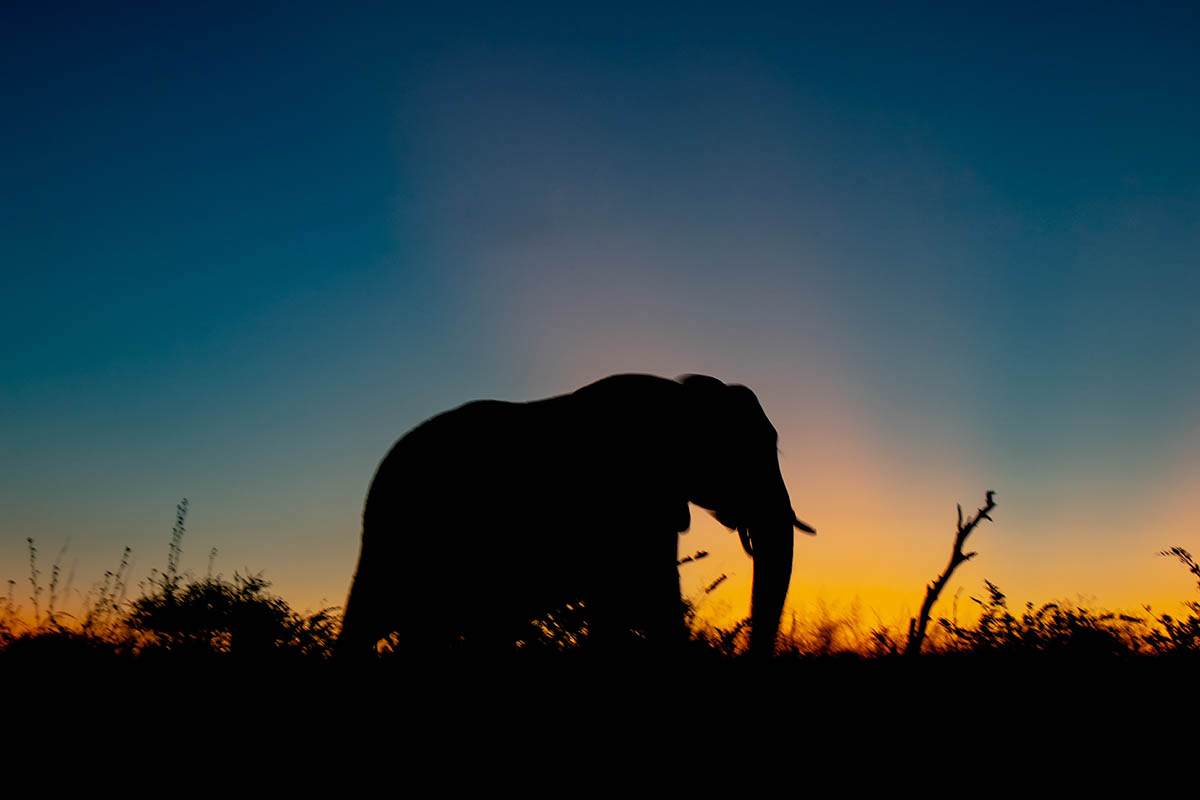Elephants are born cute and it is almost impossible to talk about African wildlife without mentioning our beloved ‘Big 5’.
The term Big 5 was coined by game hunters referring to the lion, rhino, buffalo, leopard, and the elephant as the five most difficult animals to hunt on foot. The term is now also widely used by safari tour operators.

Photo by Nasibu Mahinya | Lake Manyara National Park.
Linguistically speaking
Speaking of coining a term, did you notice that the word ‘Elephantiana’ did not exist until today. If you are reading this, congratulations! 🥳 You are now a co-linguist to the author of this article! The author fused the words ‘Elephant + Ana’ to create a new word that defines the ‘Elephant female-led family system.’
Unfortunately, the elephant is the most poached member of the Big 5 due to high demand for its tusks in the wildlife black markets. Luckily, thorough efforts have been in place to eradicate these cruel activities.
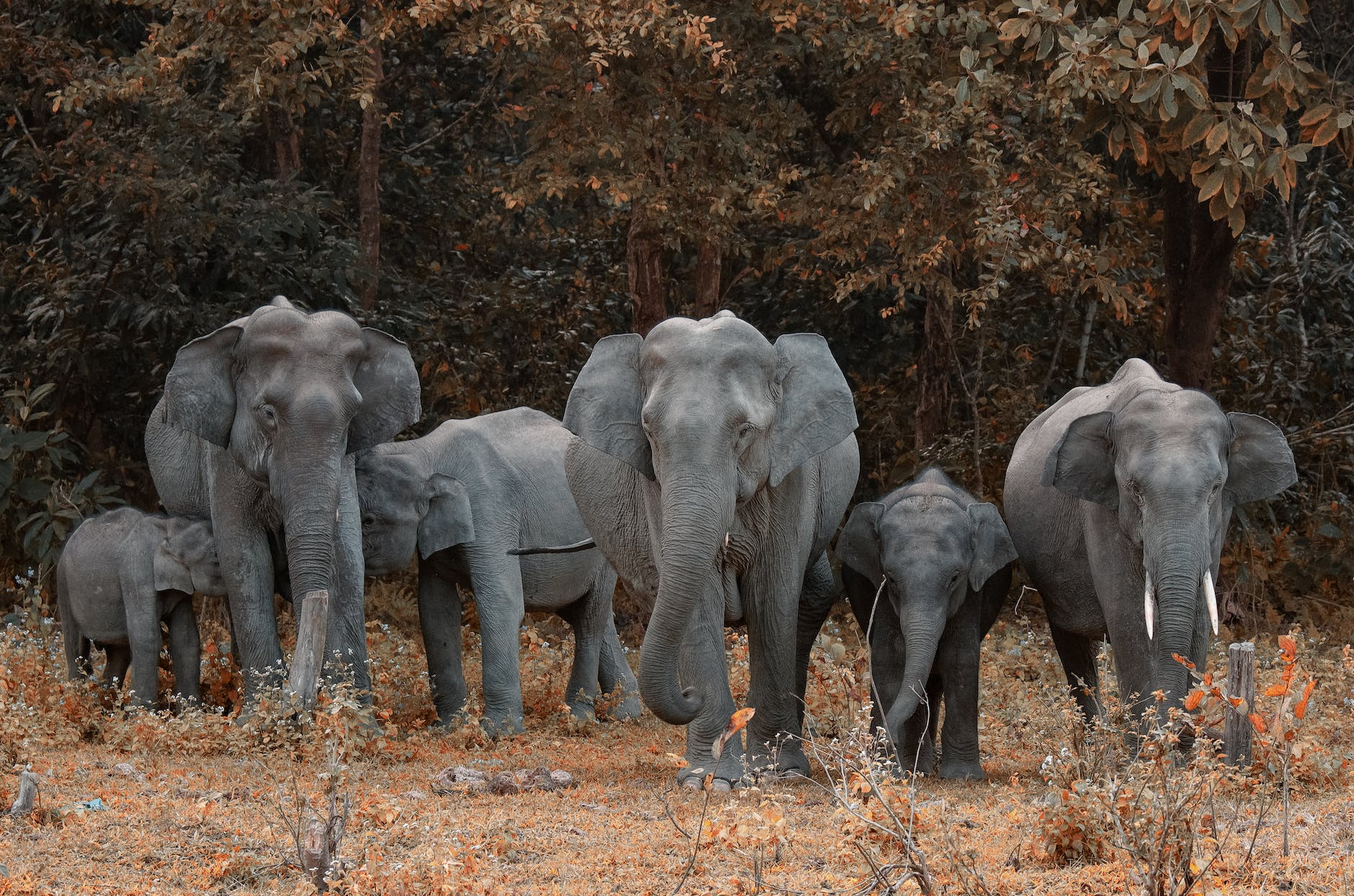
Photo by NADExRioTic on Pexels.com
Looks
Weighing more than six tons, which is equivalent to the weight of a level-seated Toyota Coaster Bus, elephants are the largest land animals.
Elephants are only found in Africa and Asia. While in some areas, they live in captivity or in zoological gardens.
The African elephant has a round head that resembles an egg, while Asian elephants have twin dome-shaped heads with a little bit of brown fur on them.
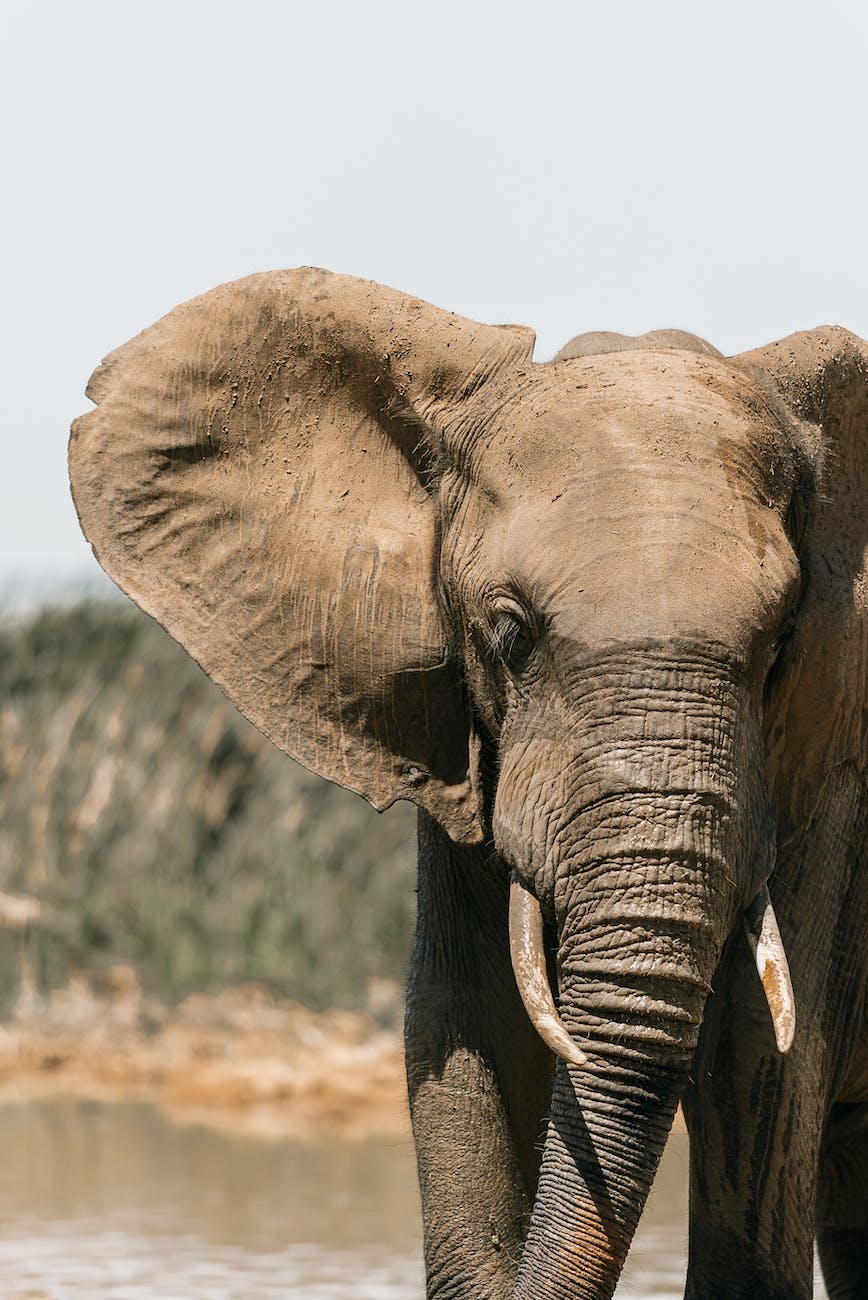
Photo by Taryn Elliott on Pexels.com
The Asian elephant has a convex-shaped back that creates a convenient saddle for humans to hop on top and ride it like a horse, while the African elephant has a concave back. African male and female elephants often have tusks. For Asian elephants, only males have tusks.
You may not have noticed it, the African elephant has two subspecies, namely the forest elephants and the savanna elephants.
Forest elephants have smaller bodies due to natural adaptations of manoeuvring through trees in thick forests.
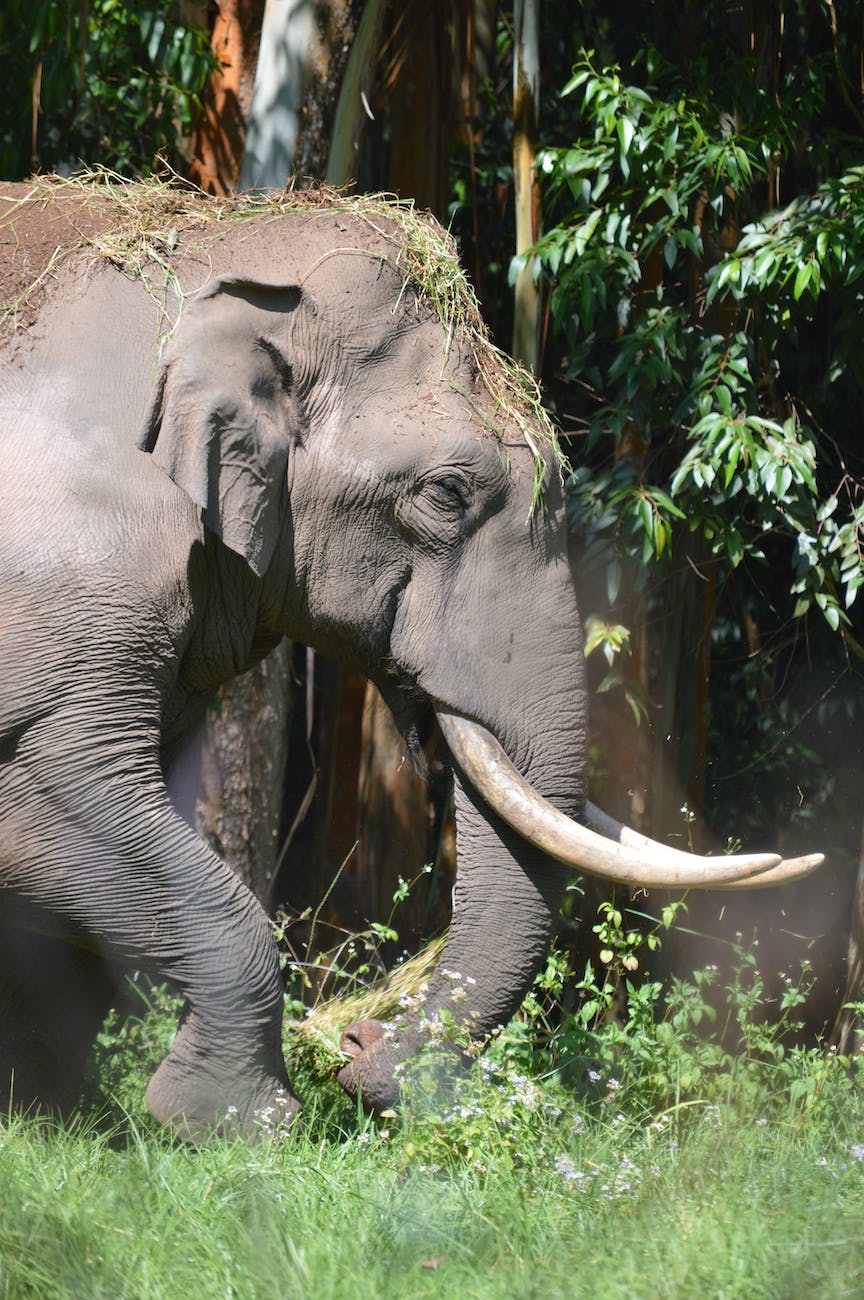
Photo by Christian Kunz on Pexels.com
Sultan Kösen, the world’s tallest living man, is only eight feet and 2.8 inches tall!
How elephants live
Elephants live in herds or clans. One clan can have between eight to a hundred elephants, and the vast majority of family members in these clans are females such as grandmothers, mothers, aunts, sisters, and young males, all led by the oldest female elephant.
Life expectancy
Like most humans, elephants live for 50 to 70 years. Don’t you think they deserve to live longer?
Motherhood
Elephants bear pregnancy for 22 months and give birth to a calf that weighs more than 100kg.
When an elephant calf is born, its mother teaches and does everything for it, feeds it, protects it, bathes it, protects it from the sun, and supports it to walk.
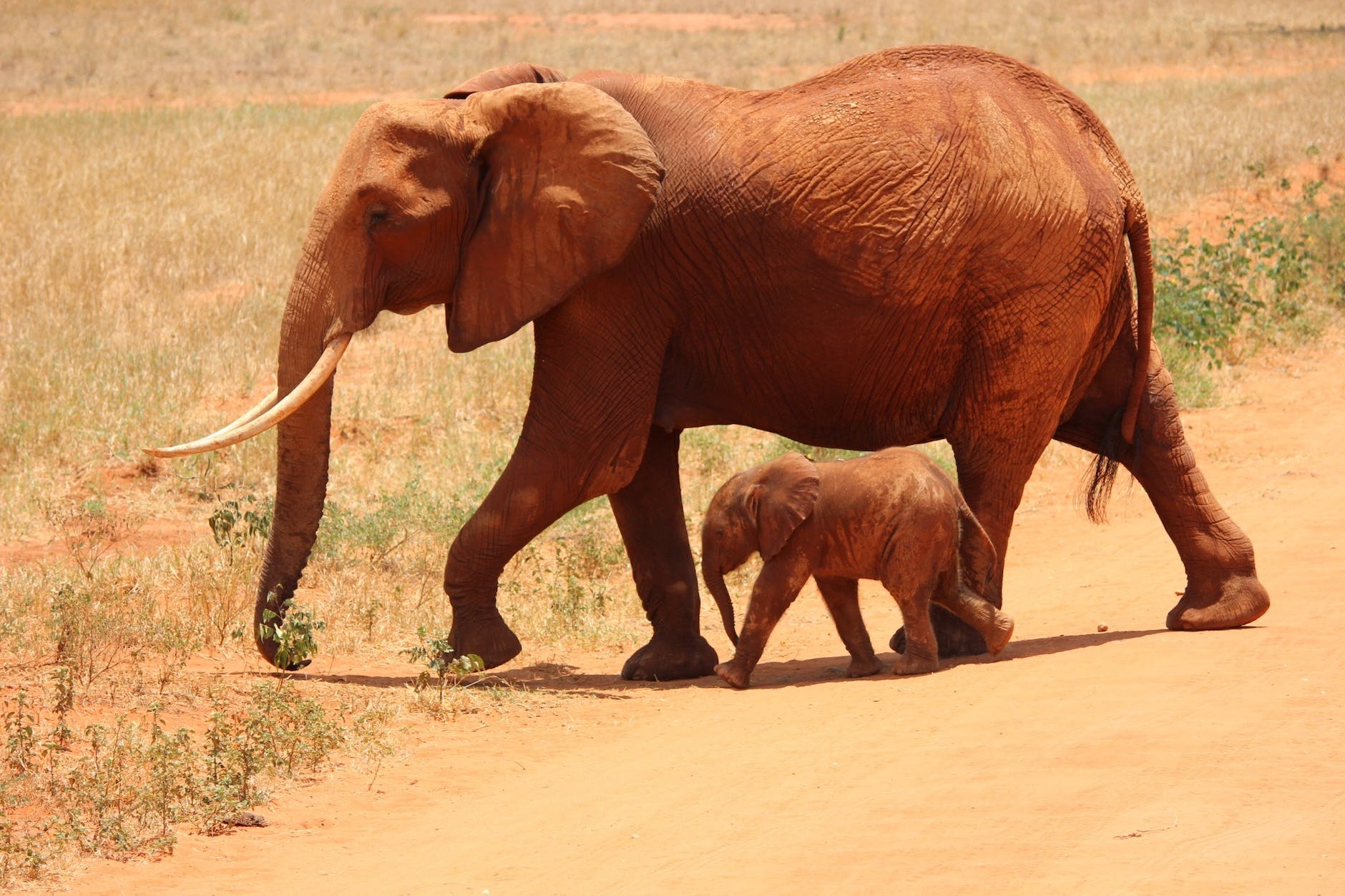
Photo by Pixabay on Pexels.com
An elephant calf sucks milk from its mother. When it is not sucking milk, the calf sucks its trunk like how a child sucks its thumb.
The task of raising calves is not done by the mother alone. Grandmothers, aunts, and sisters are also obliged to contribute to their upbringing. Though male calves usually disappear after puberty and become independent. The females rarely leave their families.
When the calf is in danger, it gets help from all directions, and it is the responsibility of every family to ensure its safety. This loyalty can lead to one elephant losing its life to save a calf or an entire herd.
Skincare
Elephants wear makeup!
The elephant uses its trunk to spray mud and soil on its back and will do the same on her calf to protect its skin from the scorching sun.
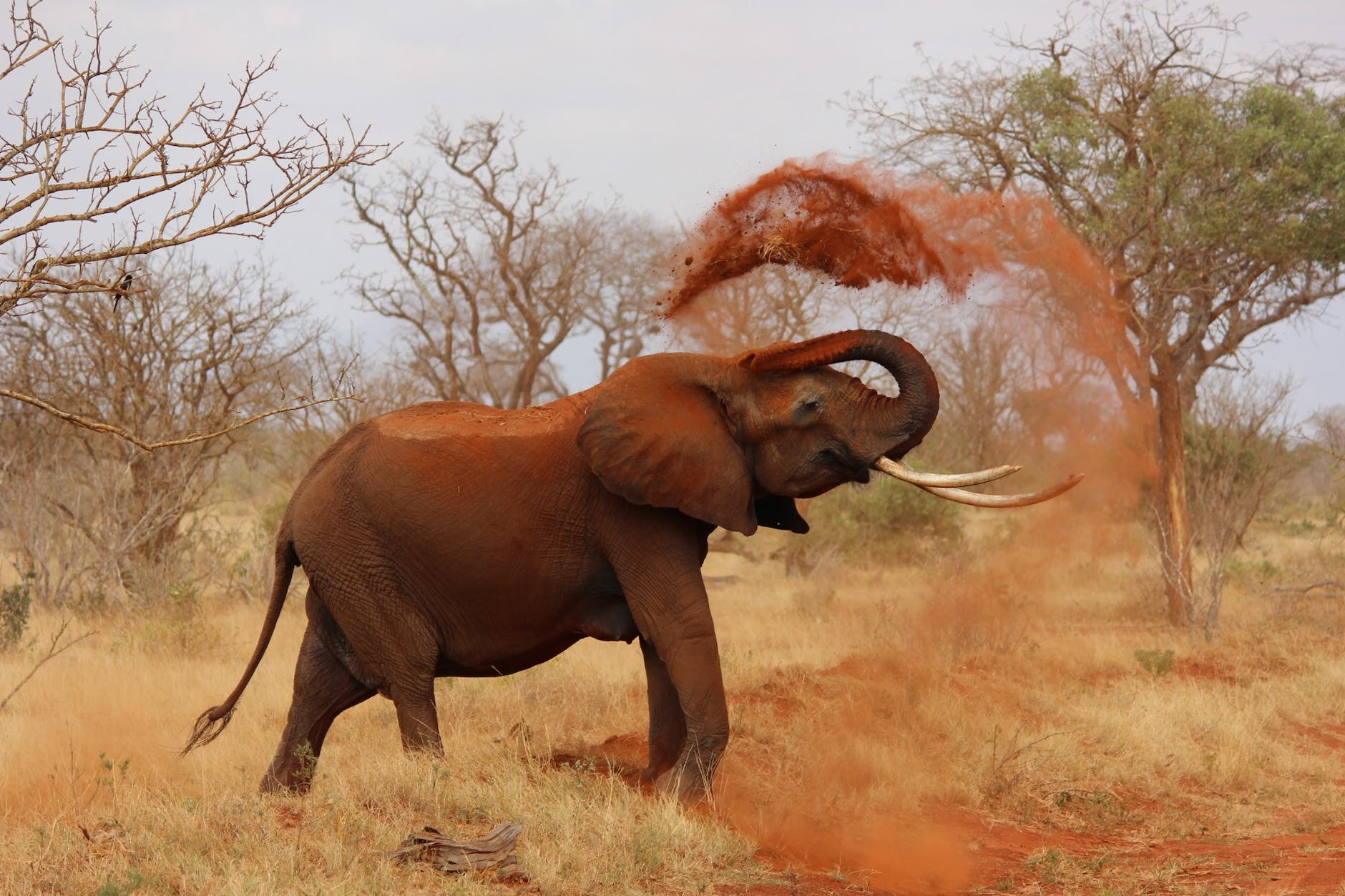
Photo by Pixabay on Pexels.com
Diet
The elephant’s main diet is plants, especially grass, leaves, flowers, fruits and twigs. They can eat up to 150kg per day as they spend more than ten hours of their day feeding alongside zebras.
Trunk and tusks
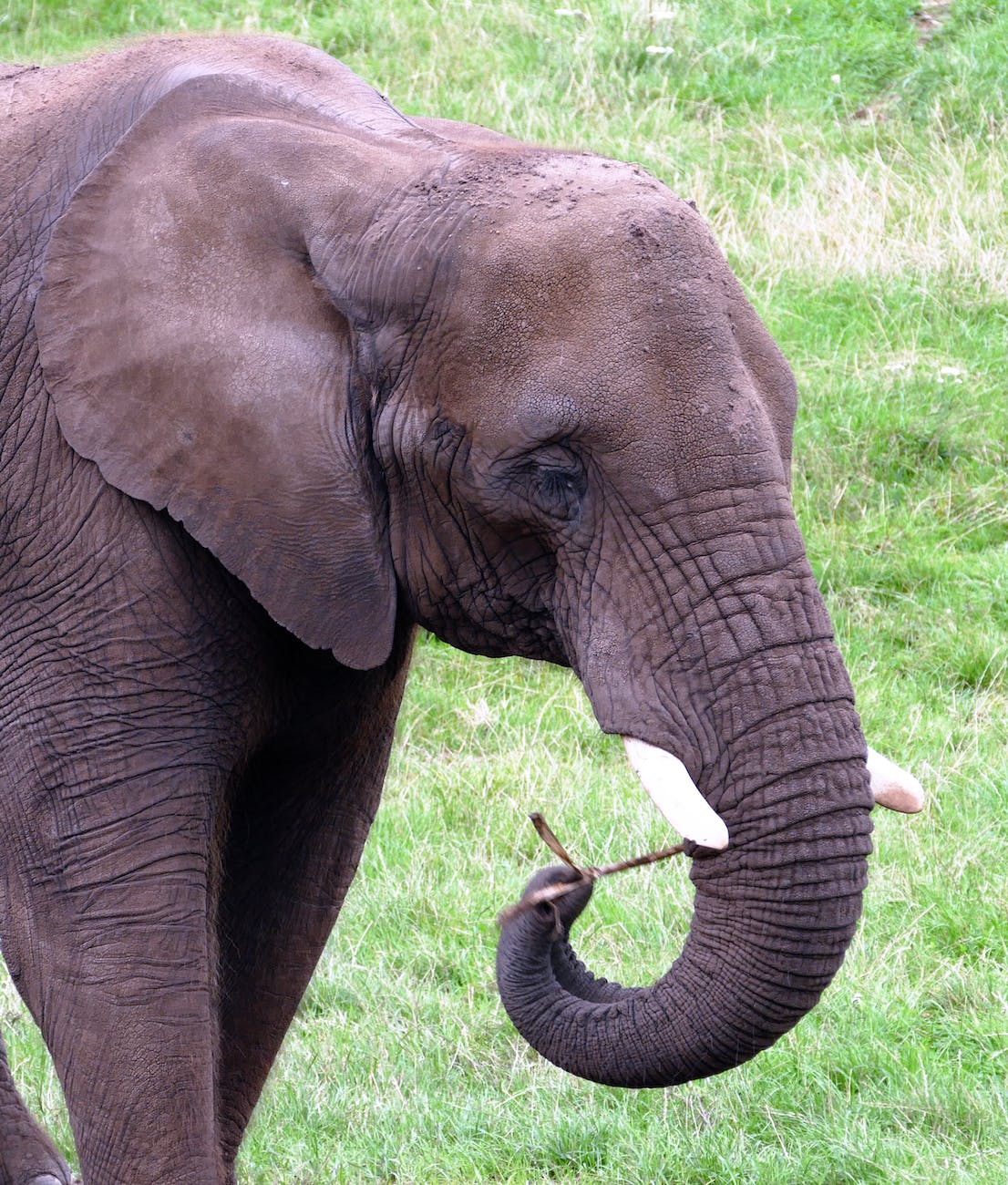
Photo by Anthony on Pexels.com
The trunk is also used as a nose, as a right hand for scooping food, and for drinking water. Trunks can bear up to 14litres of water.
The trunk is also their handiest investigative tool. If you are on a safari game drive in any national park and an elephant comes snooping around with its trunk in your car through the window, just stay put like a mannequin and it will all be fine.
Elephant trunks also serve as arms used for digging roots, marking trees as their territories, and also using them as weapons during battle.
Elephants in battle use tusks and trunks to strike and feet to trample their enemies when they are down.
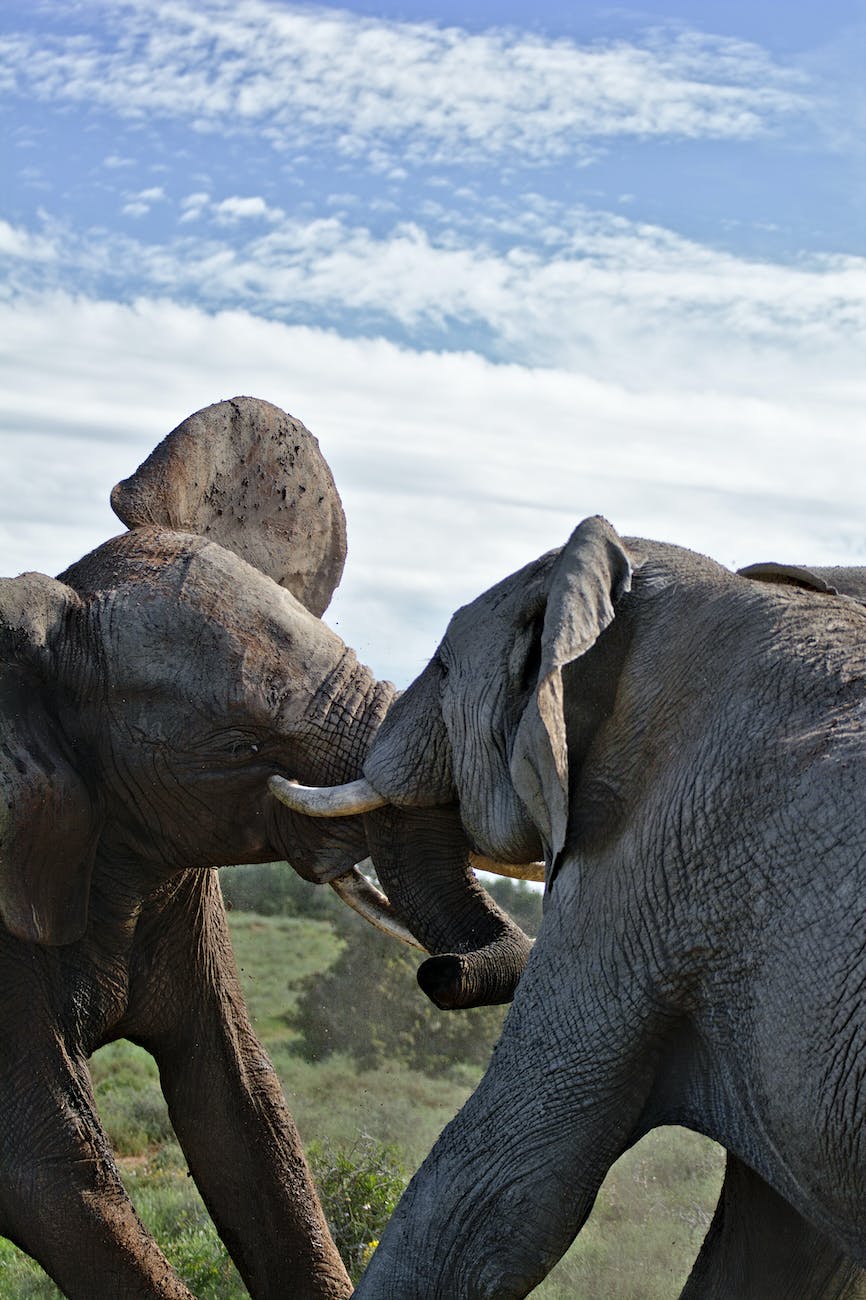
Photo by Bert on Pexels.com
They are also highly irritated by noise. They have big ears, what do you expect?
Intelligence and emotion
An elephant is a kind and compassionate creature but that must not be mistaken for weakness. Elephants do not run away from battles but follow their opponents and fight them.
Elephants are more intelligent than most animals. They can recognize music, feel happy, have fun and play a game that they are taught. They also have a very good memory.
Unlike other animals, elephants recognize themselves when they see their reflection in the mirror and cannot get the impression that they have seen another elephant.
When a family member dies, elephants mourn together in grief.
The mourning is led by the female elephants who are the majority in the family. Male elephants mostly prefer to absentise themselves from such family obligations.
When an elephant calf loses its mother, aunties take over the responsibility of raising the orphan, though its chances of making it to adulthood will be extremely diminished because according to the hyena, an elephant calf is a tasty snack.
So, if I’m to recommend a perfect place for elephant viewing, I would recommend Tarangire National Park.
They have tented luxury lodges where you can chill and immerse yourself in nature as elephants roam around like domestic cats.


